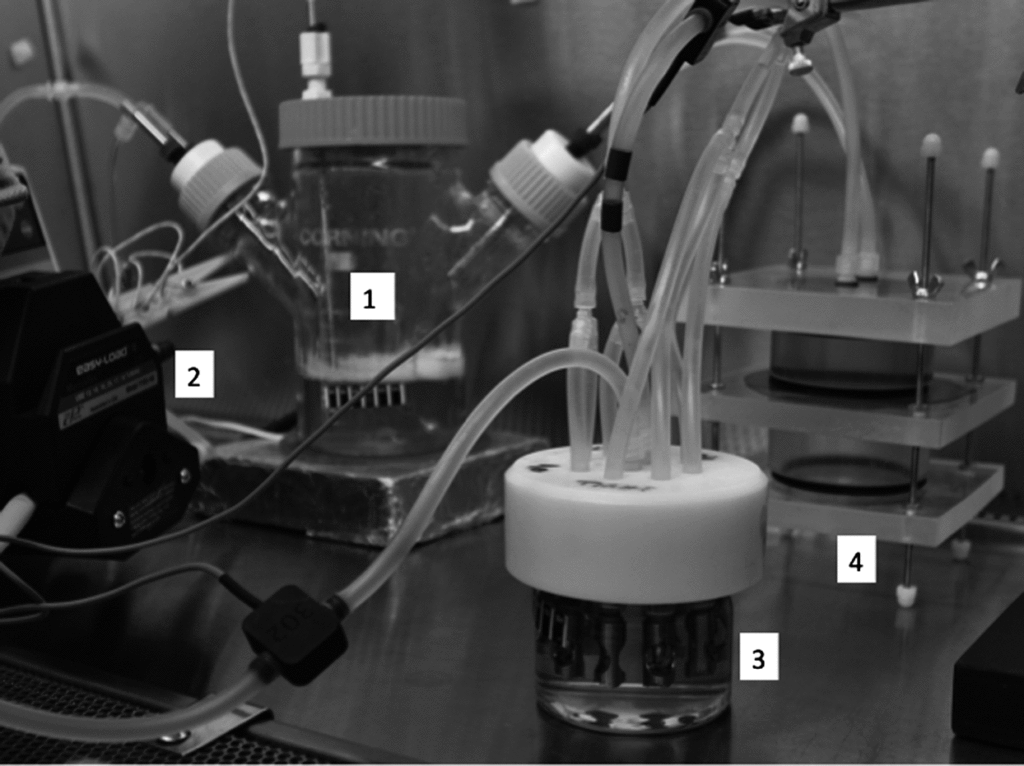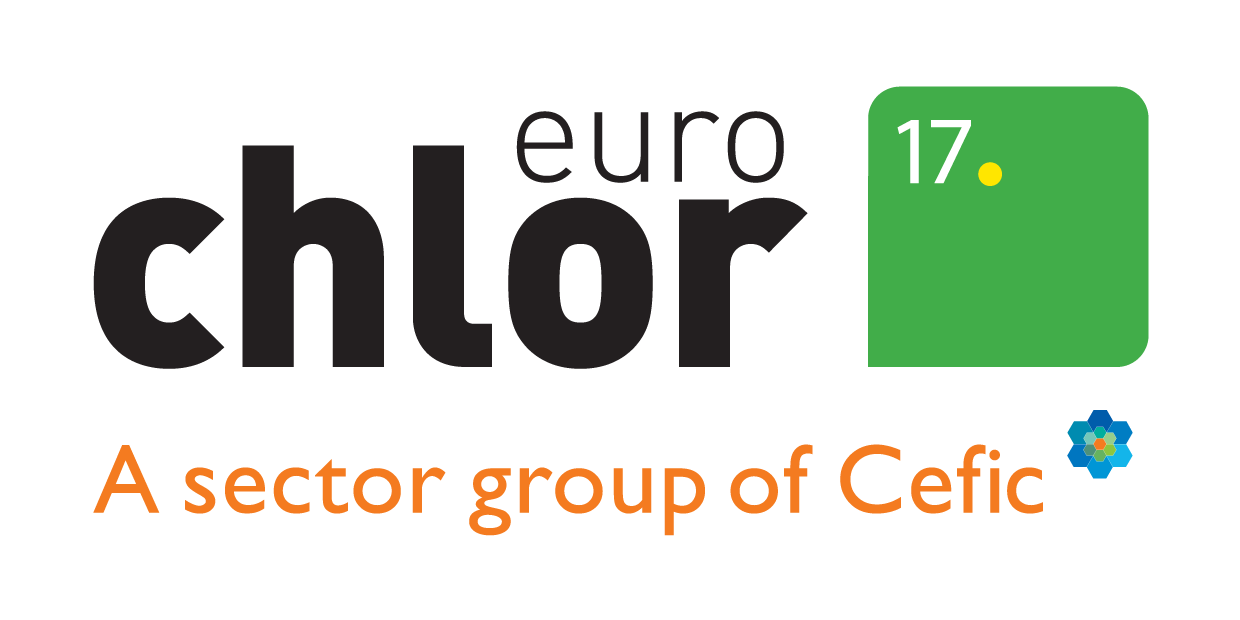Call the United States via neodymium chloride enriched cables
The metal neodymium is rare and thus expensive. Consequently, its use is limited to really high-tech applications. Its salt, neodymium trichloride (NdCl3) serves as a source of neodymium ions for various technologies based on light and laser light.
The best-known application is probably the neodymium-YAG laser which is the most popular laser based on solid material (some lasers are gas-based). This laser is widely used in medicine for corrective eye surgery, the treatment of benign or malignant lesions in several organs, to remove skin cancers, in laser prostate surgery and in cosmetic surgery to remove spider veins on legs and the face. Furthermore, the neodymium-YAG laser does a great job in dentistry, for the military and in several sophisticated chemical analysis techniques.
Traces of neodymium trichloride are added to optical fibre amplifiers. These amplify the signal, so that very long distances can be bridged. The telephone cables at the bottom of the Atlantic Ocean are based on this principle.
Neodymium trichloride-based fluorescent ‘labelling’ of molecules is used to trace various physical and chemical reactions in the human body, such as DNA-tracing.
NdCl3 can also be deposited as a coating on aluminium and aluminium alloys. This method is friendlier to human health and the environment than traditional chromium-based corrosion prevention.
The metal neodymium can be found in powerful magnets for top quality loudspeakers and computer hard disks.
Read more about neodymium trichloride on Wikipedia

